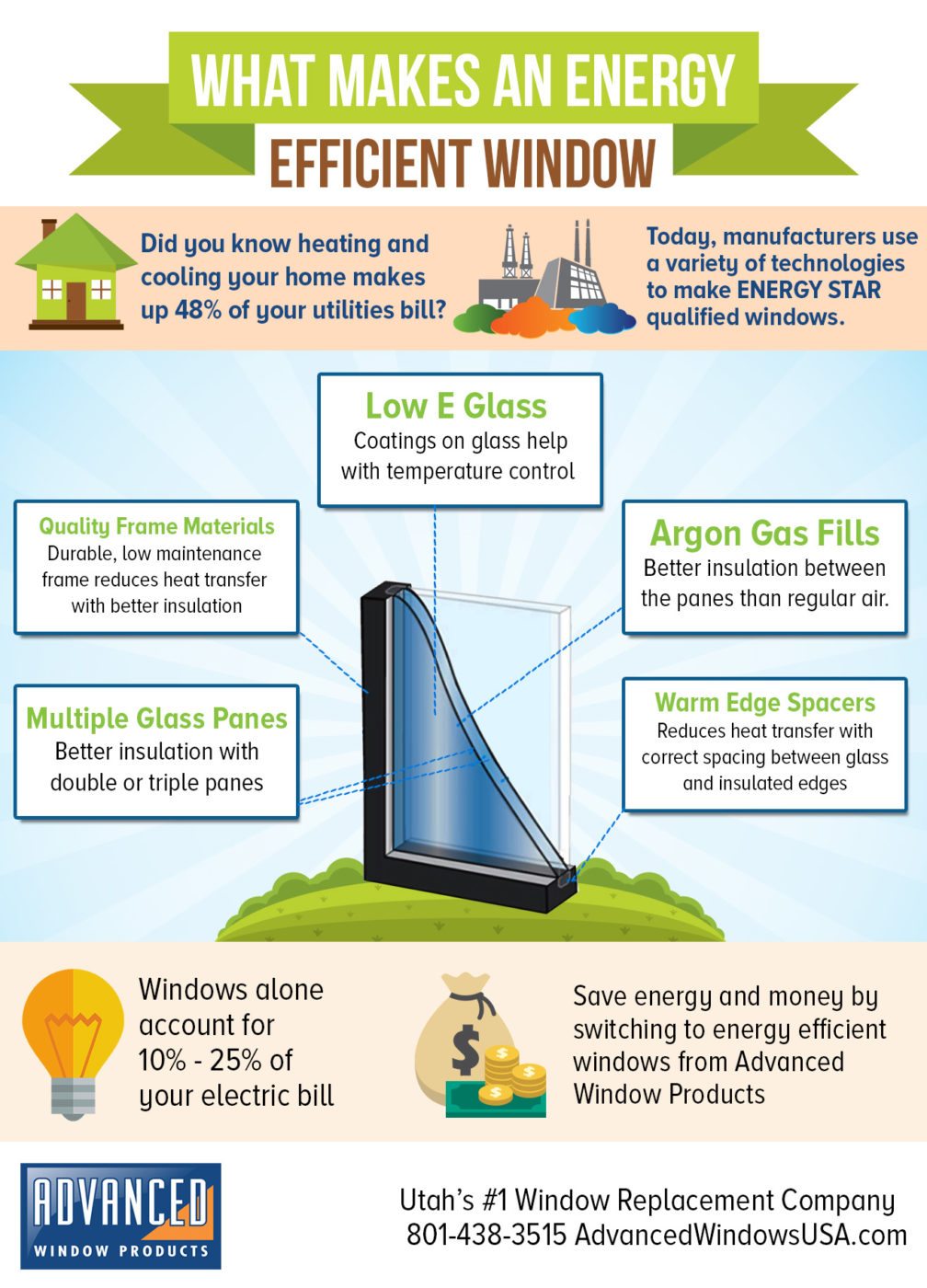One Of The Most Reliable Stress Cleaning Practices For Every Surface Area Category
One Of The Most Reliable Stress Cleaning Practices For Every Surface Area Category
Blog Article
commercial window washer long island -Viborg Keating
When it involves push washing, the strategy you choose can make all the distinction in attaining a tidy, streak-free finish. You could find that difficult surfaces, like concrete, need a different strategy than softer materials, such as wood or vinyl. It's necessary to adapt your approaches to the surface type to prevent damages while making the most of cleaning efficiency. So, what are the best techniques for each and every surface area, and how can you ensure you're making use of the appropriate setups and devices for the job? Allow's discover what you need to recognize to get the most effective results.
Tough Surfaces
When it concerns pressure washing tough surface areas, preparation is vital. Before you even think of taking out the stress washer, make the effort to clear the location of any type of debris, furniture, or obstacles. You don't want anything getting in your method or potentially harmful your equipment.
Next, examine the surface area for any splits or damages; this will assist you figure out the right strategy and pressure setups.
When you have actually prepared the area, it's vital to select the appropriate nozzle. For hard surfaces like concrete or brick, a slim nozzle (15 or 25 levels) works best to provide a concentrated stream of water that can successfully remove crud and stains. Constantly begin at a distance and gradually relocate more detailed to prevent any kind of surface area damage.
As you begin washing, maintain the wand transferring to avoid touches and over-saturation. It's likewise helpful to work from the top down, enabling dirt and debris to wash away normally.
Ultimately, keep in mind to wash the surface thoroughly after cleaning to remove any type of leftover cleaning agent. With these strategies, you'll achieve a clean and renewed look on all your hard surfaces.
Soft Surfaces
Stress washing soft surface areas requires a gentler strategy to secure them from damages. Whether you're cleansing your deck, patio furniture, or siding, using too much pressure can result in damages, scratches, or perhaps permanent damage.
Beginning by selecting a low-pressure nozzle, ideally a 25-degree or wider spray pattern, to spread the water much more gently.
Before you start, it's important to pre-treat any kind of discolorations with an appropriate cleaning solution. This step permits the cleaner to penetrate the dust and crud, making it less complicated to remove without rubbing too hard.
Constantly use the option from the bottom approximately stop streaking.
When you begin stress washing, preserve a range of at the very least 12 to 18 inches from the surface. Relocate your wand in a sweeping movement, maintaining it parallel to the surface area to stay clear of focused stress on one place.
Wash the location extensively after cleaning up to get rid of any recurring cleaner.
Finally, inspect the surface area for any missed spots and repeat the procedure if required. By complying with these steps, you can properly clean soft surfaces while maintaining their integrity and appearance.
Specialty Surfaces
Cleansing soft surfaces needs treatment, yet specialized surfaces demand much more attention to detail. When you take on these surfaces, like delicate wood, stained concrete, or certain kinds of house siding, making use of the ideal stress washing strategies is essential to stay clear of damages.
First, analyze the material. For example, treated wood can usually stand up to modest stress, yet softer woods like cedar may require a lower setup. Always begin with the lowest stress and slowly raise if essential.
For discolored concrete, make use of a follower spray nozzle and keep a constant range to stop engraving the surface.
When dealing with surface areas like plastic house siding or repainted surfaces, a broad spray pattern assists disperse the stress equally, safeguarding the finish.
discover this info here 's also important to use detergents specifically created for specialized surfaces. They can enhance cleansing without jeopardizing the material.
Rinse completely after cleaning to eliminate any deposit, as it can result in discoloration or degeneration gradually.
Conclusion
To conclude, mastering pressure washing methods for different surfaces can make all the difference in your cleaning outcomes. For hard surfaces, stick to slim nozzles and a top-to-bottom approach, while soft surface areas need a gentler touch with broader nozzles. Don't fail to remember to pre-treat discolorations and rinse thoroughly to prevent residue. By adjusting your methods per material, you'll not only achieve a cleaner surface but additionally shield the stability of your surfaces. Satisfied cleansing!
